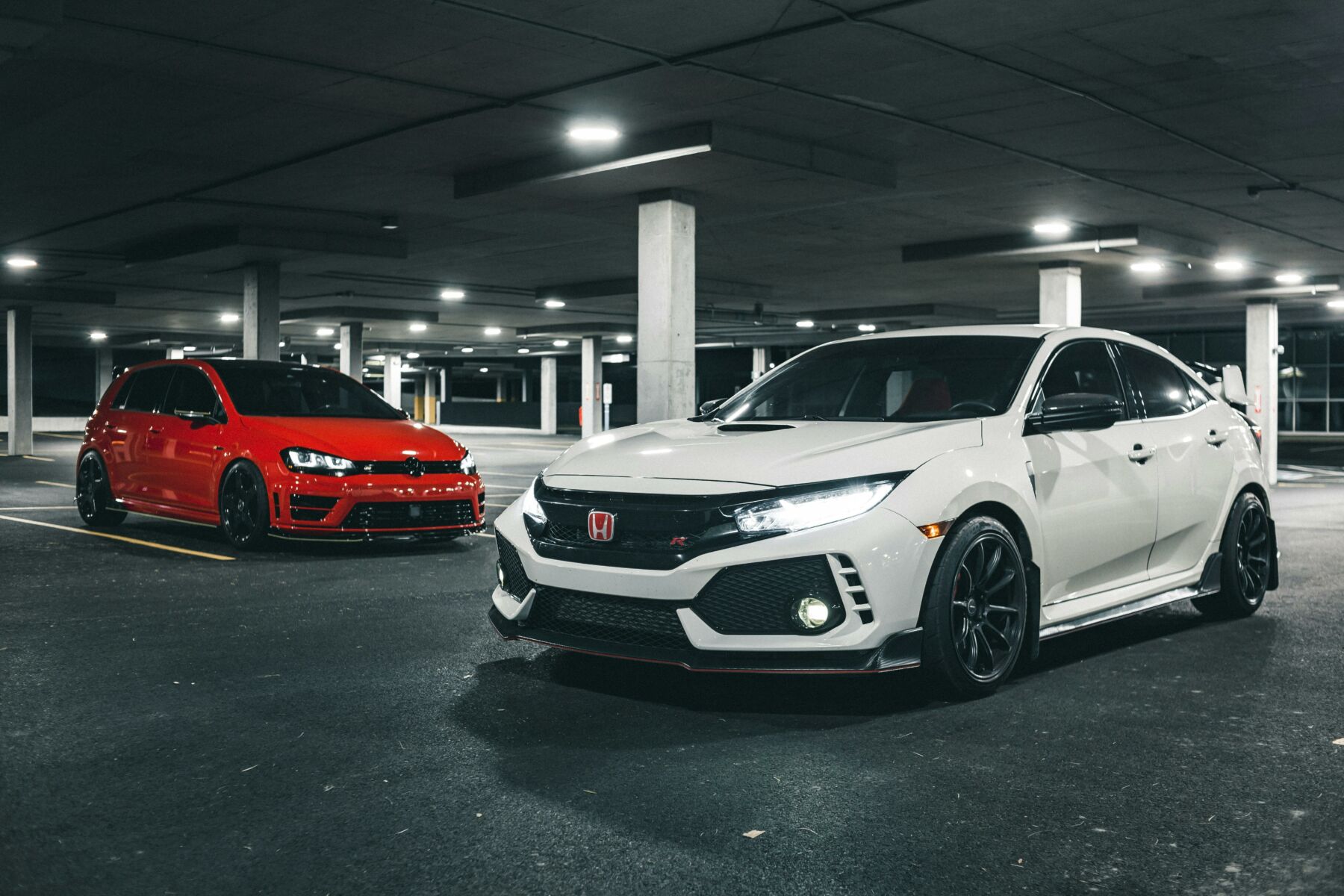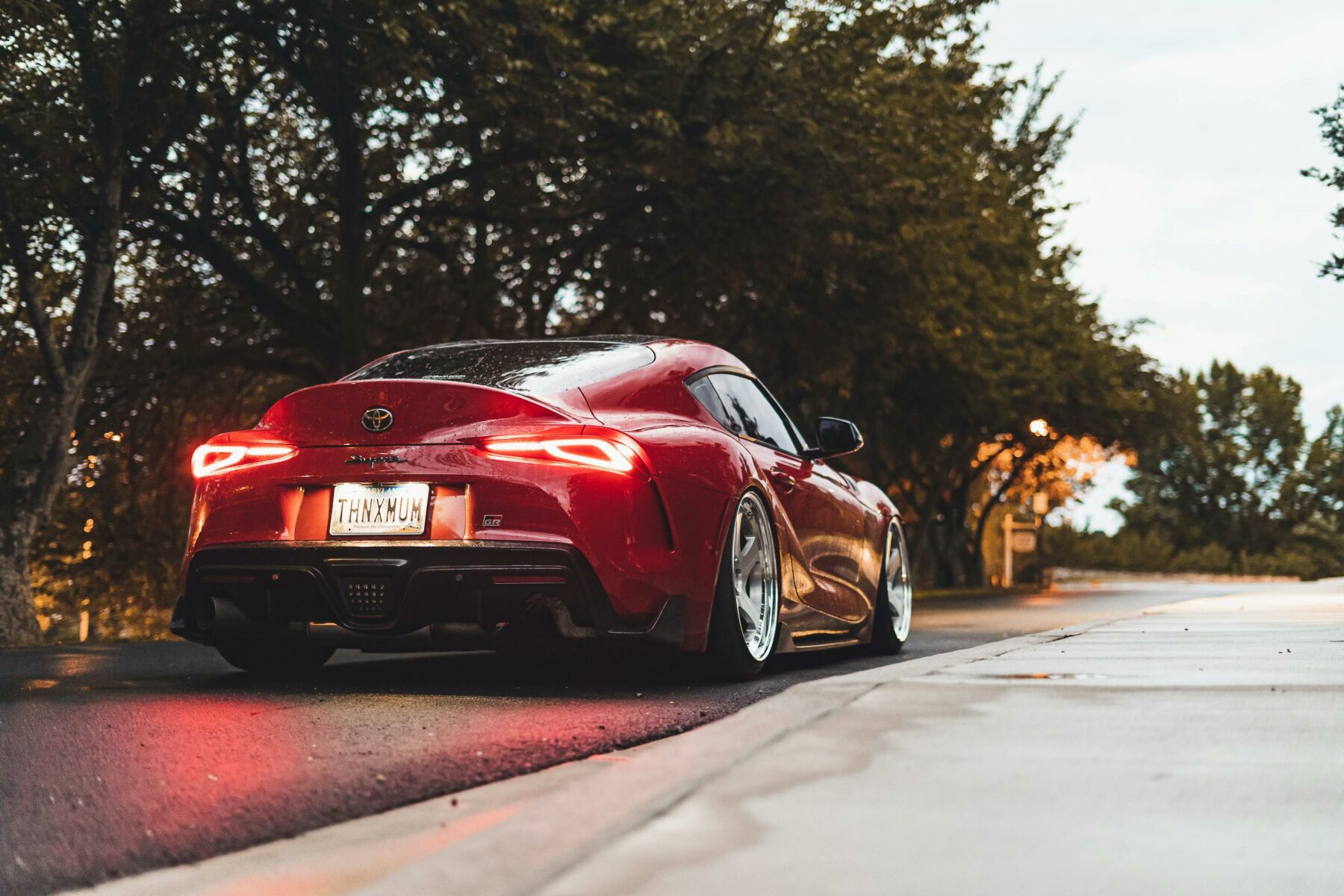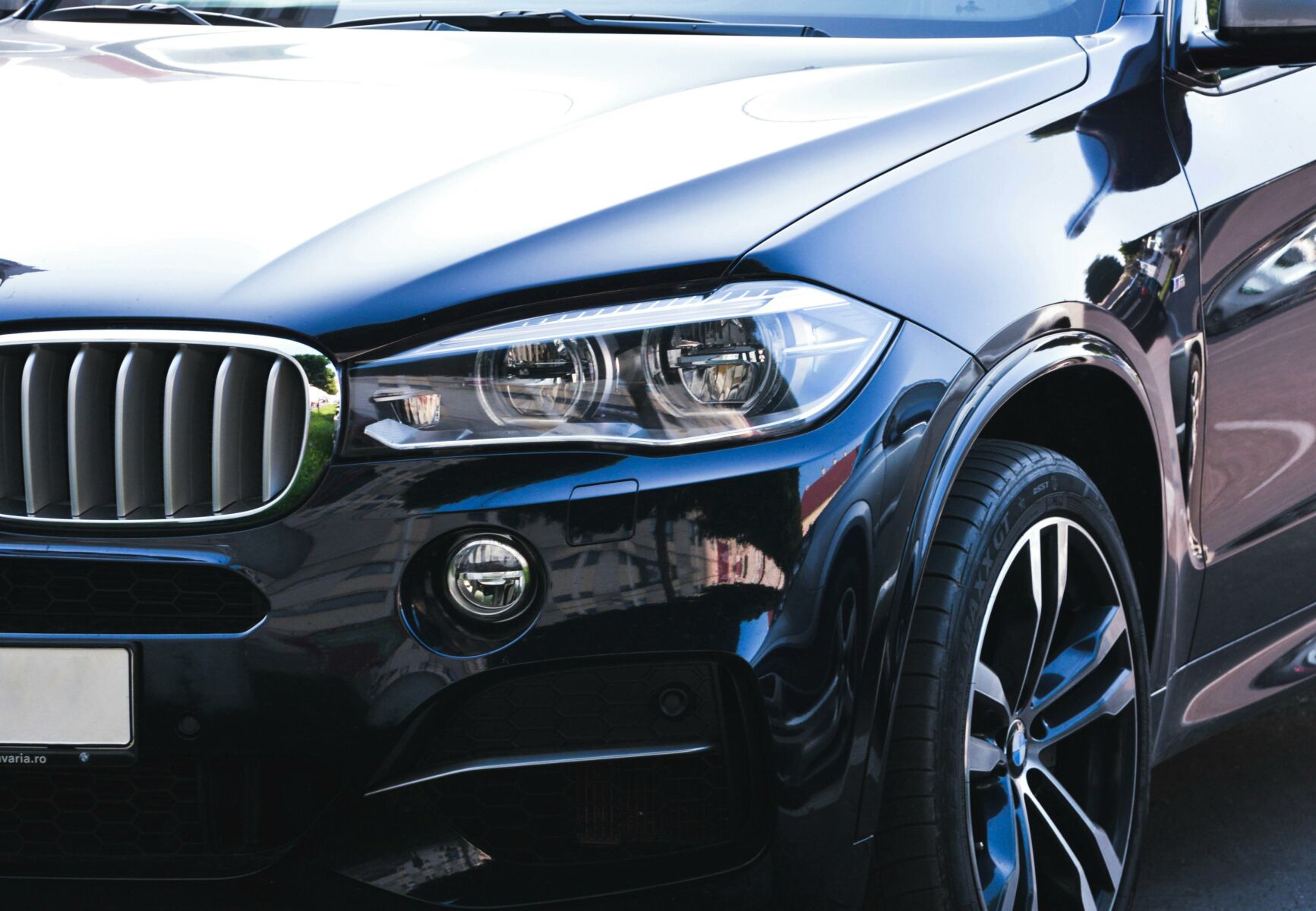How car colours affect safety and perception

What colour car are you looking for? Choosing the right car colour goes beyond aesthetics. It can influence safety, thermal comfort, and how you are perceived on the road. This guide delves into how car colour impacts various vehicle ownership and driving experience aspects.
Car colours impact on safety
Car colour plays a significant role in road safety. The visibility of your vehicle in different environments can affect accident rates, while the psychological impact of certain colours can influence driving behaviour and interactions with other road users. Who knew there were impacts to choosing a specific colour for your car other than just for the liking of it?
Visibility and accident rates
Visibility is crucial for preventing accidents, and colour is an essential part. Studies have consistently shown that lighter-coloured cars are less likely to be involved in accidents compared to darker-coloured cars. For instance, white cars are highly visible in both daytime and nighttime conditions, reducing the risk of collisions. Yellow cars, due to their brightness, are also easy to spot in various environments, making them one of the safest colour choices.

On the other hand, dark-coloured cars, such as black, dark blue, and dark green, have higher accident rates. These colours are less visible, especially at night or in adverse weather conditions like rain and fog. A study by Monash University Accident Research Centre found that black cars are up to 47% more likely to be involved in crashes compared to white cars during daylight hours, and up to 12% more likely at dawn and dusk.
Psychological impact
Car colour also influences the psychological perception of drivers and other road users. Different colours convey different messages and can affect driving behaviour:
- Red: Often associated with speed, aggression, and excitement. Red cars may give the impression of a more assertive or aggressive driver.
- Blue: Seen as calm, stable, and trustworthy. Drivers of blue cars might be perceived as reliable and composed.
- Black: Conveys power, elegance, and authority. Black cars often give an impression of luxury and sophistication, but they can also appear more intimidating.
- White: Represents purity, simplicity, and cleanliness. White cars are often perceived as practical and safe choices.
- Silver and grey: These colours are associated with neutrality, balance, and modernity. They are often chosen for their understated elegance and practicality.

Best car colours for safety
- White: Highly visible in most conditions, white is the safest colour choice, reducing the likelihood of accidents.
- Yellow: Its bright and noticeable hue stands out in all environments, making it one of the safest colours.
- Silver: Reflects light well, enhancing visibility during both day and night.
Worst car colours for safety
- Black: Black cars have poor visibility, especially at night and in low-light conditions, making them more prone to accidents.
- Dark Blue: This colour can blend into the surroundings during dusk and dawn, reducing visibility.
- Green: Can be less visible against natural backgrounds, such as trees and grass, particularly in rural areas.
Impact on thermal comfort
The colour of your car can significantly affect its thermal comfort, influencing how much heat it absorbs and how much energy is required to cool it down.
Heat absorption
Darker-coloured cars absorb more heat from the sun compared to lighter-coloured cars. For instance, a black car can reach temperatures significantly higher than a white car when parked in the sun. The increased heat absorption can make the interior of the car uncomfortably hot, especially in warm climates. This is due to the basic principles of physics where darker colours absorb more light and convert it into heat, while lighter colours reflect more light and stay cooler.

Energy consumption
The thermal properties of car colours directly impact energy consumption. Cars with darker colours require more energy to cool down using the air conditioning system. This increased load on the air conditioning system leads to higher fuel consumption. A study by the Lawrence Berkeley National Laboratory found that the air conditioning load for a dark-coloured car can be up to 13% higher than for a light-coloured car, translating to a fuel consumption increase of around 2-3%. Conversely, lighter-coloured cars stay cooler and require less energy for air conditioning, enhancing fuel efficiency.
Making the right choice for you
When choosing a car colour, it’s essential to consider factors beyond personal preference, such as safety, energy efficiency, and thermal comfort.
Most popular car colours
In 2023, the most popular colours continue to be dominated by neutral tones. According to recent data:
- White: Leading the pack with around 26% of all vehicles. White is favoured for its visibility, practicality, and ability to keep the car cooler.
- Black: Accounting for approximately 22% of cars, black is popular for its sleek, elegant appearance, despite its higher heat absorption.
- Grey: With a share of 19%, grey offers a balance between visibility and aesthetic appeal.
- Silver: Though slightly less popular than in previous years, silver still holds a significant share at 12%, known for its reflective properties and modern look.
- Blue: At about 10%, blue is the most popular vibrant colour, chosen for its calm and trustworthy image.
- Red: With an 8% share, red remains a popular choice for those looking to make a bold statement.
Neutral colours like white, black, grey, and silver dominate due to their practicality, lower maintenance, and higher resale value. Bright colours like blue and red are also popular but to a lesser extent, reflecting a balance between personal expression and practical considerations such as safety and thermal comfort.
Understanding these impacts can help you make an informed decision that enhances your driving experience and safety on the road. However, other than those factors, choose the colour that you would most like and choose what is best for you. Some other tips that you should be aware of when buying a car include the types of cars that are available, the purchase process, the legal aspects, and many more!
Latest Thailand News
Follow The Thaiger on Google News:


























